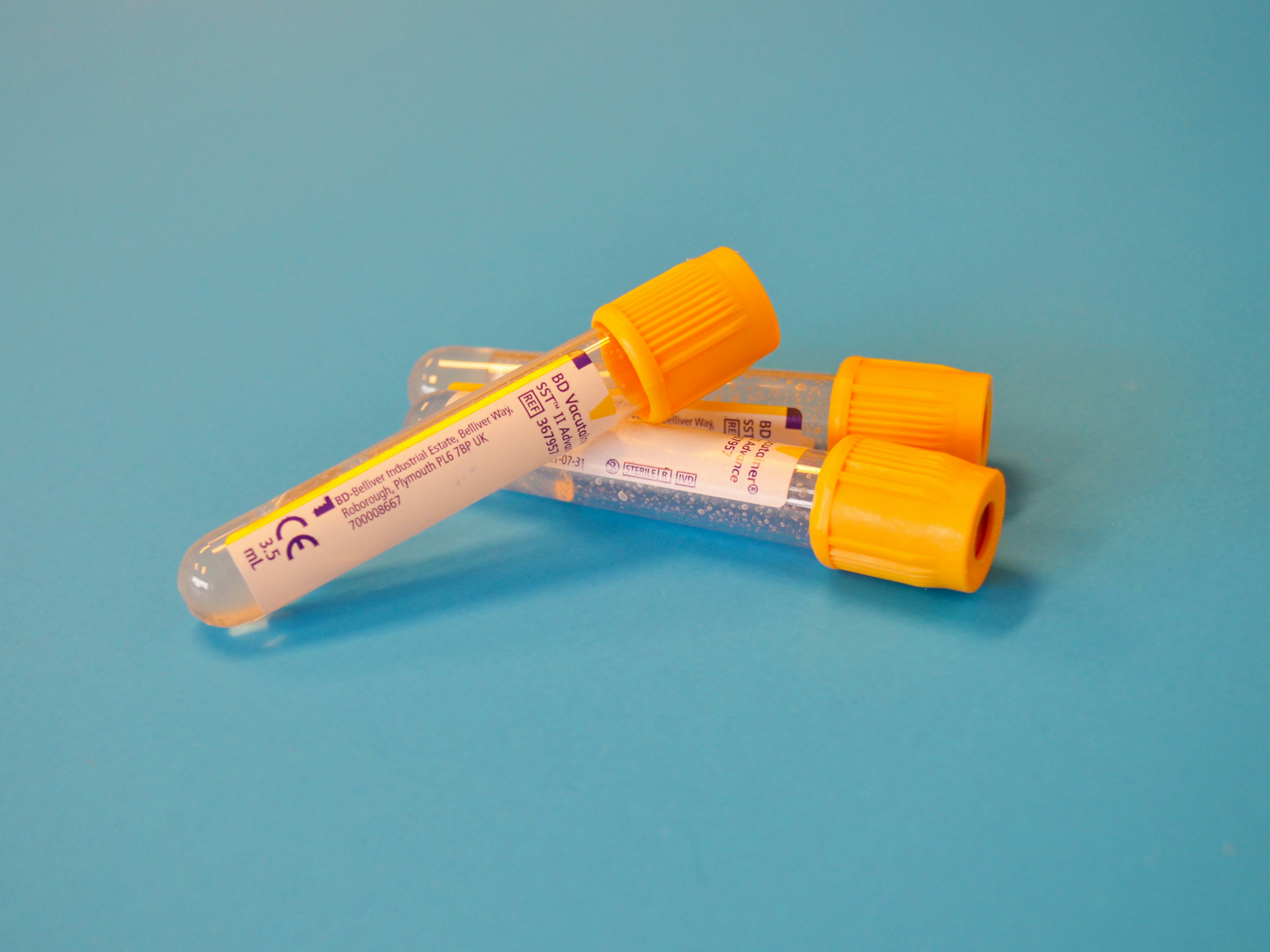What is Zone 2 training?
Zone 2 training is a low to moderate level of cardiovascular exercise, such as walking or biking where the power input remains constant throughout the length of the exercise bout. The goal is to increase aerobic capacity over time by increasing the energy output but keeping oxygen as the main driver of energy output.
What are the benefits?
Zone 2 exercise improves the body's energy production by promoting the multiplication of mitochondria, the energy production sites within cells. Justas muscles are trained, healthier mitochondria result in a more efficient andhigh-performing body. Zone 2 training serves as a controlled and effective way to enhance the mitochondrial system, ultimately increasing their number andefficiency for improved long-term performance.
A common sign of chronic diseases like diabetes and heart disease is mitochondrial dysfunction. Individuals who are untrained or metabolically unhealthy struggle with using fatty acids for energy which means they instead use glucose as a fuel source even for low intensity activity or rest. This can lead to mitochondrial dysfunction. Zone 2 training promotes the use of fat for energy which trains our bodies to use fatty acids for energy, leading to weight management and increased metabolism.
This type of training is often used for endurance athletes but is great for beginners as it reduces the risk of overtraining and injuries associated with high-intensity workouts, allowing for less fatigue and more frequent and sustainable training.
Zone 2 training can improve your resting heart rate, heart rate variability, insulin resistance and sleep.
How do I know if I’m in Zone 2?
There are many ways to define zone 2 training. Without Having a way to measure lactate levels in the body, there are two major ways to dictate the training zone you are in. You can estimate if youare in zone 2 or not based off your perceived ate of exertion (RPE) and your heart rate.
If using your heart rate, you want to keep yourself around 70-80% of your maximum heart rate to stay in zone 2. If you exercise frequently, you’re looking closer to 80% if you do not exercise much,you will want to keep this closer to 70%.
If you don’t know your maximum heart rate,you can use a simple formula to determine your zone 2 target: 180-your age. For example, if you’re 50 years old, 130 bpm is your zone 2 target.
We can also use RPE as a simple way to check in on your training status. When you’re exercising in Zone 2, you can comfortably have a conversation, but you will still sound a little breathy. You are not able to talk as clearly as when you’re at rest, but you’re still capable of talking. If you lose the ability to talk out loud and keep up with a conversation, your intensity is getting too high and you’re out of zone 2. If You’re talking with ease, using expression in your voice and not winded through conversation, you’re falling into zone 1.
When you start doing zone 2 consistently,you will see improvements in your energy output while keeping within the correct heart rate category, but eventually this will plateau.
What activities can you do?
Treadmill or a stationary bike are the best ways to start working on your zone 2 training. Walking or biking outdoors generally, doesn't work as well because of the elevation changes, therefore your energy output does not remain consistent. The key is to keep this range very well controlled, remember, the more intensity here isn’t better.
A quick reminder that any movement is beneficial to health. I like to discuss zone 2 training with patientsbecause of the amazing benefits with a small amount of intensity effort.However, just because something is not in zone 2, doesn’t mean there aren’tamazing health benefits. If you enjoy going outside and walking with a friend and do not like to be inside on a treadmill, it might make more sense for youto do that than to try to commit to something you don’t like doing, at least to start.










